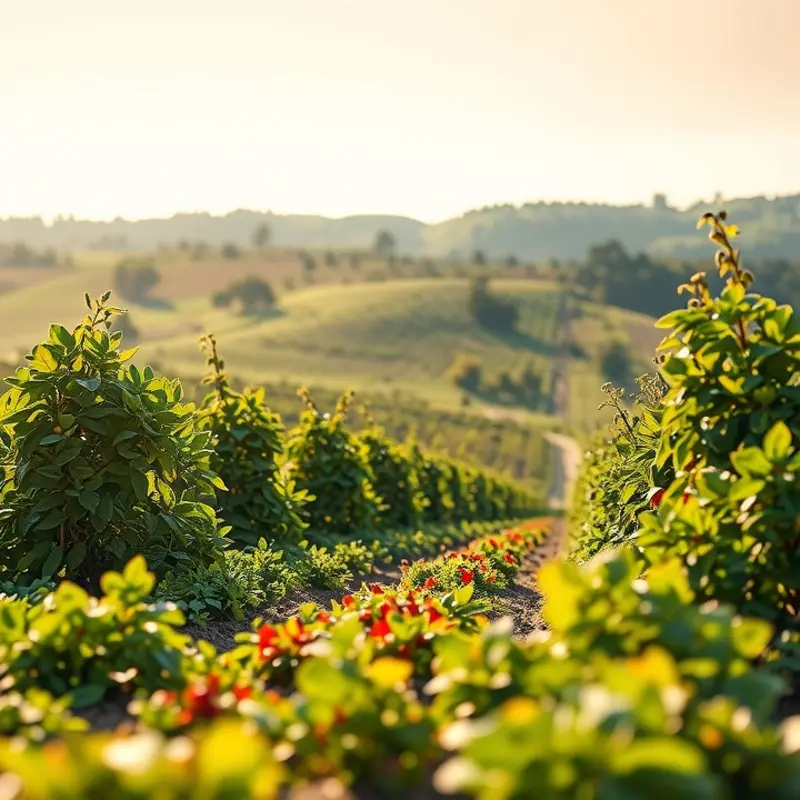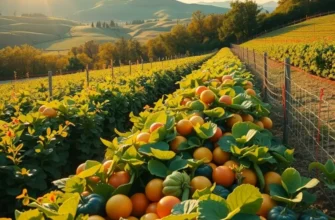Embracing eco-friendly practices in our daily lives enhances our connection to the environment and promotes a sustainable future. Kitchen linens, often overlooked, contribute significantly to environmental degradation when made from non-renewable materials. By choosing sustainable alternatives, we can reduce waste, save resources, and create a stylish, eco-conscious kitchen. This guide presents practical solutions for swapping conventional linens with eco-friendly options, encouraging a greener kitchen for a healthier planet.
Sustainable Fabric Choices for Kitchen Linens

Creating an eco-friendly kitchen is as much about the materials you use as the food you prepare. Choosing the right fabrics for kitchen linens can make a significant difference in reducing environmental impact. Here are some sustainable fabric options that combine functionality and style without compromising on eco-conscious values.
Organic Cotton
A popular choice for sustainably minded individuals, organic cotton is grown without harmful chemicals. Unlike conventional cotton, its cultivation preserves soil health and uses water efficiently. Textiles such as kitchen towels and napkins made from organic cotton provide excellent absorbency and durability while offering a soft touch. This makes them functional for everyday kitchen tasks, from drying dishes to wiping surfaces.
Linen
Derived from the flax plant, linen is a sustainable material that has been used for centuries. The growth of flax requires minimal pesticides and water, making it an environmentally friendly crop. Linen’s strength and natural anti-bacterial properties make it ideal for kitchen environments where hygiene is crucial. Additionally, its natural texture adds a rustic elegance to kitchen decor.
Hemp
Hemp is gaining attention as a sustainable powerhouse due to its fast-growing nature and minimal need for fertilizers. Hemp fibers are exceptionally strong and become softer with each wash, making them perfect for enduring kitchen linens. Hemp’s natural resistance to mold and UV light enhances its durability, catering to tasks like covering food or lining bread baskets.
Bamboo Lyocell
Bamboo lyocell is a modern textile innovation that utilizes a closed-loop process to convert bamboo into fabric. This process is environmentally sound, reclaiming water and solvents used in manufacturing. Bamboo is naturally pest-resistant and grows quickly, contributing to its sustainability. The resulting fabric is soft and highly absorbent, suited for dishcloths and towels.
Recycled Materials
Incorporating recycled fibers into kitchen linens is another sustainable option. Manufacturers often use recycled cotton or polyester from post-consumer waste to create practical and durable textiles. This reduces landfill waste and decreases the demand for virgin resources. The resulting products often blend aesthetics with robust functionality, offering an array of textures and colors.
By choosing eco-friendly fabrics for your kitchen linens, you support sustainable agriculture and textile practices, contributing to a healthier planet. For more on creating an eco-smart kitchen, visit Eco-Smart Kitchen Storage, where sustainable practices are explored further. As you transition your home to greener options, you’ll find that quality, performance, and style remain uncompromised in your quest for sustainability.
Practical Tips for Transitioning to Eco-Friendly Kitchen Linens

Switching to eco-friendly kitchen linens is more than just a trend—it’s a commitment to sustainability. Making the transition gradually allows you to assess your needs while considering the durability, functionality, and aesthetics of each item. Begin with the basics by evaluating the linens you use every day, such as dish towels, cloth napkins, and cleaning cloths.
Firstly, consider the material. Choose linens made from organic cotton, hemp, or linen. These materials are not only eco-friendly but are also praised for their durability and absorbency. Organic cotton is grown without pesticides, impacting the environment less than conventional cotton. Hemp is particularly robust and becomes softer with every wash, making it a long-lasting option.
Functionality should never be compromised for sustainability. Before purchasing, think about the primary uses of each linen. For example, a set of hemp dish towels can handle heavy-duty drying without wearing thin quickly. In contrast, linen cloth napkins add a touch of elegance to your dining while remaining easy to wash and reuse.
For many, aesthetics are equally important. Fortunately, sustainable linens come in a variety of colors and patterns. Opt for neutral tones if you desire versatility, allowing your kitchen linens to match any setting or occasion. If sustainability mottos resonate with you, look for linens labeled with low-impact dyes. These dyes don’t require the same level of harsh chemicals as regular dyes, reducing ecological harm.
As you embark on this sustainable journey, it’s essential to introduce changes gradually. Begin by swapping out items as they wear out. This method ensures your budget remains intact while preventing waste. For those looking for immediate changes, start with frequently used items, such as dish towels, which tend to need replacement sooner.
To further align your kitchen with eco-friendly practices, consider how to care for your linens. Air dry your linens when possible to save energy and prolong their lifespan. Washing them in cold water is another way to reduce energy consumption while keeping them fresh. Consider visiting this guide for additional eco-smart tips that can complement your sustainable kitchen efforts.
Finally, involve the entire household in your eco-friendly transition. Whether it’s showcasing new linens to inspire interest or actively educating others on sustainable benefits, a collective mindset will strengthen your commitment to a greener lifestyle. Even small steps can lead to significant environmental impact over time, and your journey to eco-friendly living plays a part in shaping a sustainable future for all.
Final words
Choosing eco-friendly kitchen linens is a powerful way to support the environment while enjoying practical and stylish options in your home. By assessing your current linens and gradually transitioning to sustainable alternatives, you’re contributing to a more significant movement towards sustainability. Whether opting for organic cotton, hemp, or linen, these materials not only reduce environmental impact but also offer unique textures and designs that elevate your kitchen aesthetic. Remember, each small change adds up, and your choices can inspire others. Together, let’s cultivate a more sustainable future by rethinking our everyday items.








